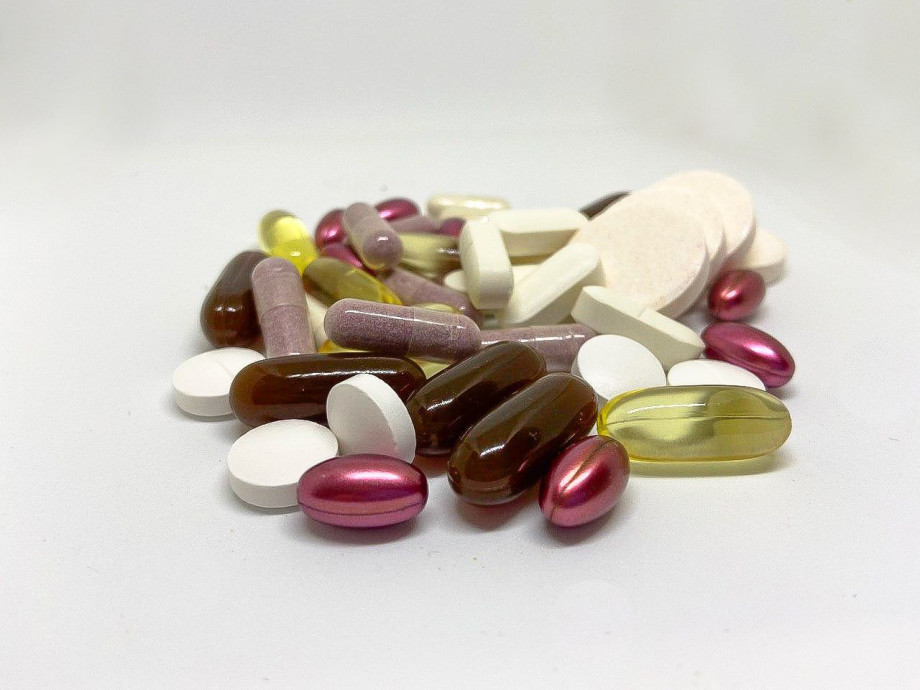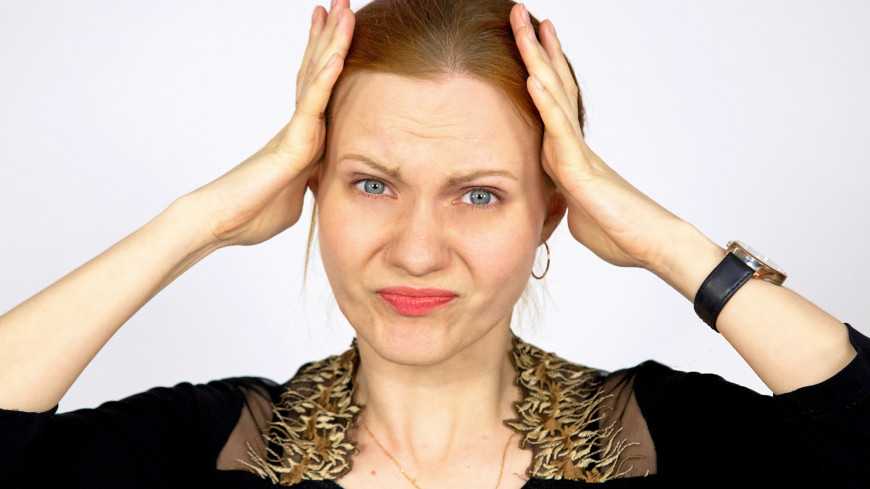Regular headaches are among the most common nervous system disorders. Doctors have counted more than 400 types of headaches that can occur in different parts of the head, at different times of the day, with different frequency and intensity. They significantly affect a person’s life. She told about the main causes of headache and how to deal with it in an interview with the correspondent of “MIR 24” neurologist of JSC “Medicine” (clinic of Academician Roitberg) Anna Terekhova.
“Not every headache needs to be treated, but every headache needs attention,” says the doctor. “Let’s deal with common types of headaches, including those that are often not worth worrying about.”
By her own
Most often, our head starts to ache during times of stress, when we are very anxious or very worried about something. The nervous system, being in a prolonged depression, informs our body about problems in the form of a headache. The primary headache seems to put a tight helmet or hat on our head. Such pain can occur in the temporal zone, occipital, and may appear at night. Experts call this pain primary tension headache (HDN). It is not associated with brain or neck disease or any other medical condition.
“Such pain does not require additional research in the form of MRI or neuroimaging, but is diagnosed during a medical appointment and is successfully treated,” Terekhova says.
Migraine
A feature of a migraine headache is its one-sidedness. Such pain can be of varying intensity and have a pulsating character. Migraine attacks can occur during menstruation, diet, drug or coffee withdrawal and may be associated with weather sensitivity.
Migraines can cause strong odors (paint, acetone, very fragrant flowers, secondhand smoke). It may be accompanied by nausea, photophobia. Migraine treatment should be carried out under the supervision of a neurologist.
“There is a whole range of anti-migraine drugs. The drugs of the first group, the so-called emergency drugs, are taken with a migraine attack and help to relieve it. Drugs from the second group are prescribed for prophylaxis (i.e., to reduce the attacks themselves). Any treatment is selected strictly individually and under the supervision of a neurologist, ”the specialist notes.
Symptom of another disease
The headache can be a symptom of another person’s disease and is called secondary. This type of headache is less common than HDN, but requires special medical attention. “As a rule, such pain occurs with the onset of the development of the disease and ends when the underlying disease goes away. Very often, this pain is accompanied by nausea or vomiting. Headache with concussion, traumatic brain injury is a common symptom that occurs in an acute form in humans and can last up to several months, ”the doctor explains.
“Secondary headaches can be a symptom of the development of a brain tumor, HIV infection, endocrine diseases, immunodeficiency states, epilepsy. A sharp headache, during which a person experiences speech and movement disorders, facial asymmetry, may be a sign of a stroke, ”says Terekhova.

The habit of being treated
Overuse of pain relievers often causes headaches. Abuse of analgesics can cause the development of an abuse headache, which can overtake a person up to 15 days a month or more.
“Try to analyze the type of your headache before you start doing anything about it. A headache diary can help with this, ”says the expert.
The criterion for drug abuse of painkillers is the number of days with drug intake per month. “So, for simple analgesics or non-steroidal anti-inflammatory drugs, this excess is 15 days a month, and for triptans and ergotamine derivatives more than 9 days a month,” the doctor comments.
“This is a very serious problem for Russia today. The prevalence of drug-induced headache in the general population is about 7.1%. A similar situation is noted, for example, in Zambia, ”the specialist notes.
Cluster pain
Pain that can drive you crazy. This is how the patients themselves define this pain. Most often, such pain occurs at night, and the attack itself lasts from two to 30 minutes or longer. This is a very intense one-sided pain that can occur from once every two days to 8 times a day and be accompanied by tearing, redness of the eyeball, and eyelid edema.
“Usually this headache starts at the same time. It is assumed that such pain is associated with pathological excitability of the neuronal structures of the thalamus, due to which the central mechanisms of pain control and the autonomic nervous system are disrupted. This pain is difficult to stop, but there are effective methods. Among the most popular are oxygen inhalation and electrical stimulation of the vagus nerve, ”says Terekhova.
During the selection of therapy, it is important to monitor the patient’s condition. How the body responds to a particular therapy. “For this you need to keep a diary of headaches. There are many options now, including very handy smartphone apps. Basic parameters: time, type of headache, duration, trigger factors, the patient also needs to note blood pressure and pulse. For women, an important criterion is the day of the menstrual cycle, ”the specialist comments.
In the complex treatment of different types of headaches, non-drug methods of treatment are often used: acupuncture, cognitive-behavioral therapy, physiotherapy methods of neurostimulation, relaxing massage, manual therapy and osteopathy, aromatherapy.
– .

